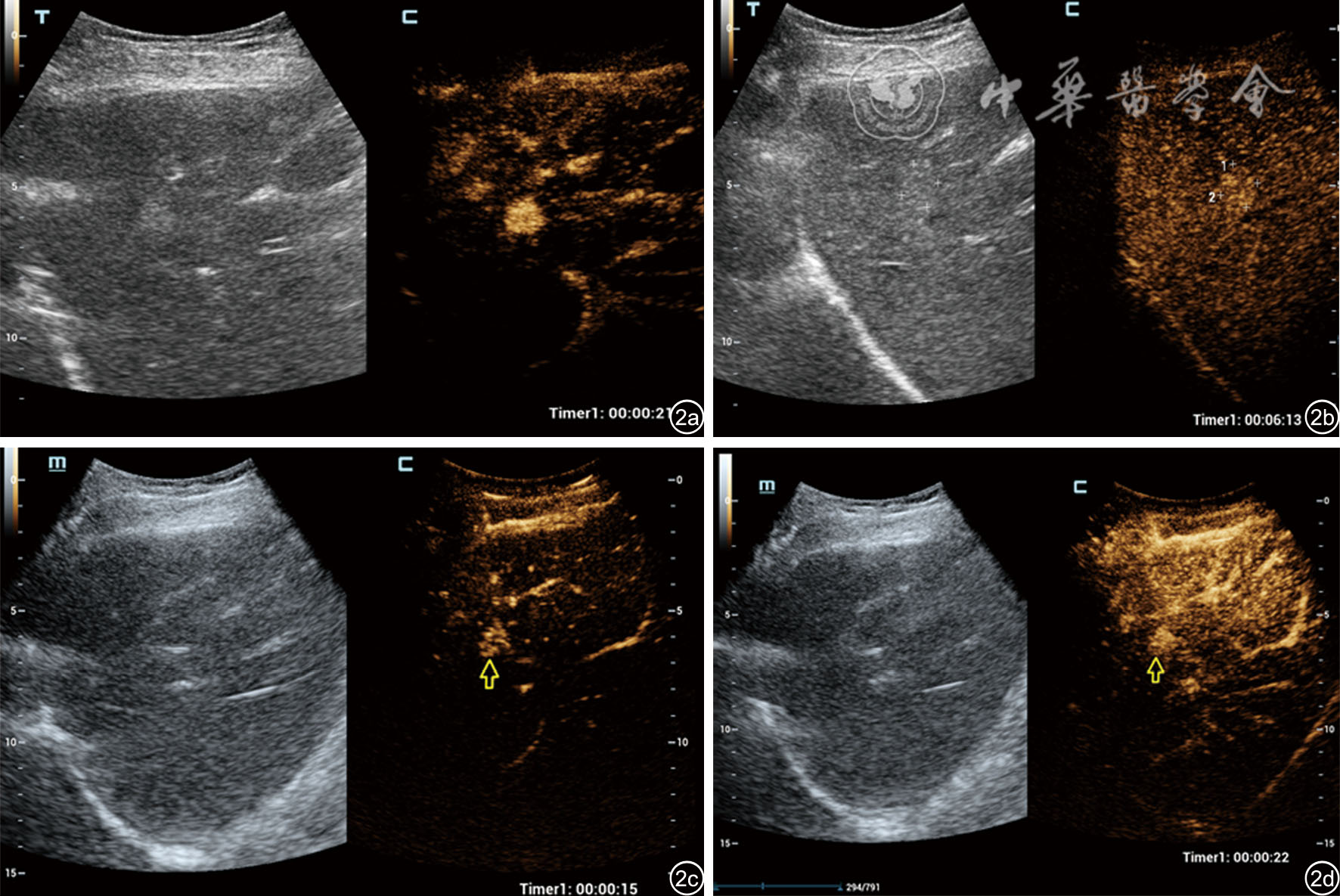Objective
To evaluate the effectiveness of lymphatic contrast-enhanced ultrasound(LCEUS)-guided guidewire positioning for the localization of sentinel lymph nodes in patients with earlystage breast cancer.
Methods
A total of 59 patients with early breast cancer who underwent sentinel lymph node identification using LCEUS-guided guidewire positioning and nano-carbon staining techniques in Tangdu Hospital, the Second Affiliated Hospital of Air Force Medical University were enrolled from March 2023 to May 2024. The definitive assessment was conducted through postoperative pathological analysis,which served as the gold standard for evaluation. The study quantified the number of sentinel lymph nodes(SLNs) identified by two different methods and evaluated the concordance of SLN labeling between these techniques. Furthermore, the sensitivity, specificity, positive predictive value, and negative predictive value of the two methods for SLN localization were calculated and compared.
Results
SLNs were identified using both methods in 59 breast cancer patients. A total of 68 SLNs were detected by the LCEUS method ,whereas the nano-carbon staining method identified 356 SLNs. The total number of SLNs and the number of nonmetastatic SLNs identified using LCEUS was significantly less compared to those detected by the nanocarbon method [1 (1, 1) vs 6 (5, 7) and 1 (1, 1) vs 6 (5, 7); P<0.001 for both]. In total, 12 SLN metastases were identified in 10 patients. The postoperative pathological results of SLN labeling using both methods exhibited high concordance (Kappa=0.865, P<0.001). Nonetheless, the positive rate of SLN labeling via the LCEUS-guided guidewire technique was significantly higher than that achieved through nano-carbon staining[14.7% (10/68) vs 3.0% (11/356), P<0.001]. At the same time, the specificity and positive predictive value of SLN labeling via the LCEUS-guided guidewire technique were significantly higher than those of nanocarbon staining (84.6% vs 8.7% and 14.7% vs 3.0%, P<0.001 for both). However, there was no significant difference in the sensitivity for SLN localization between the two methods (83.3% vs 91.6%, P>0.05).
Conclusion
The utilization of LCEUS-guided guidewire localization for SLNs is simple and accurate, which can minimize the surgical resection of non-SLNs, decrease postoperative complications, and improve the efficacy of SLN localization.

